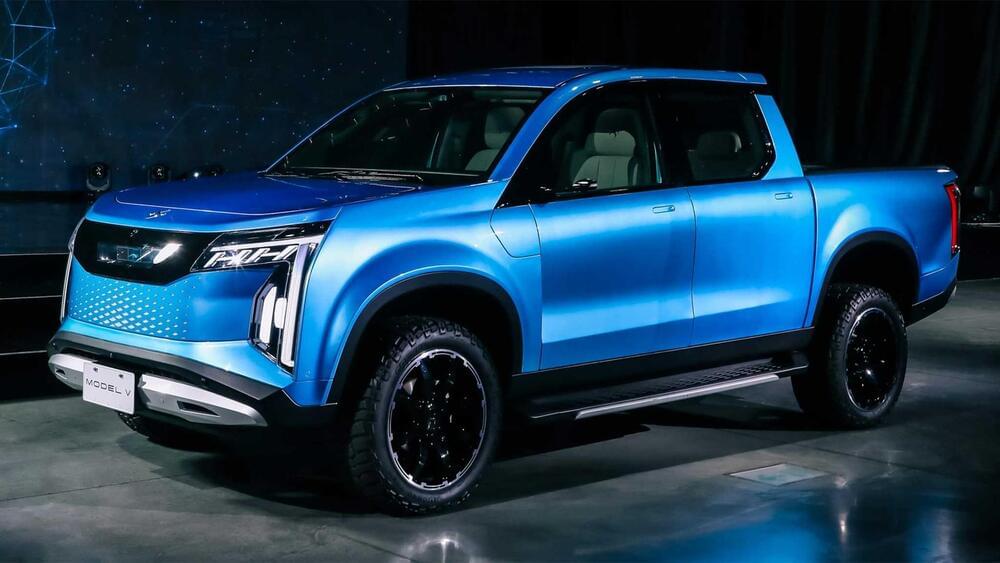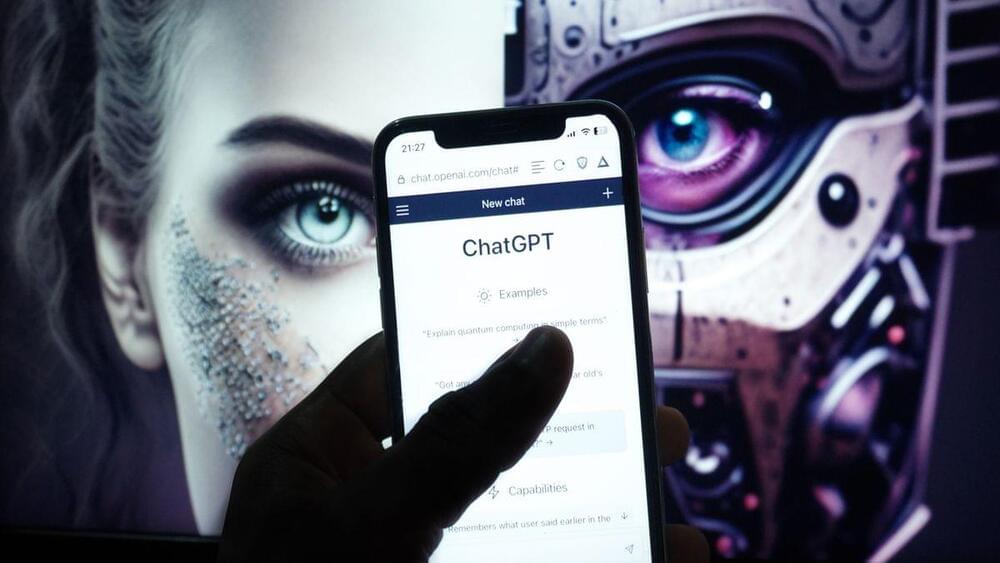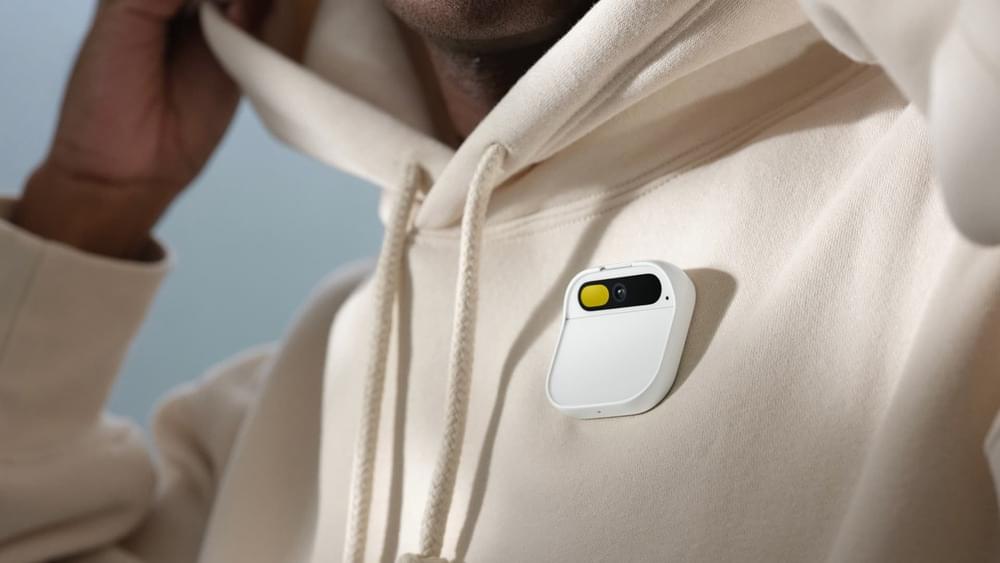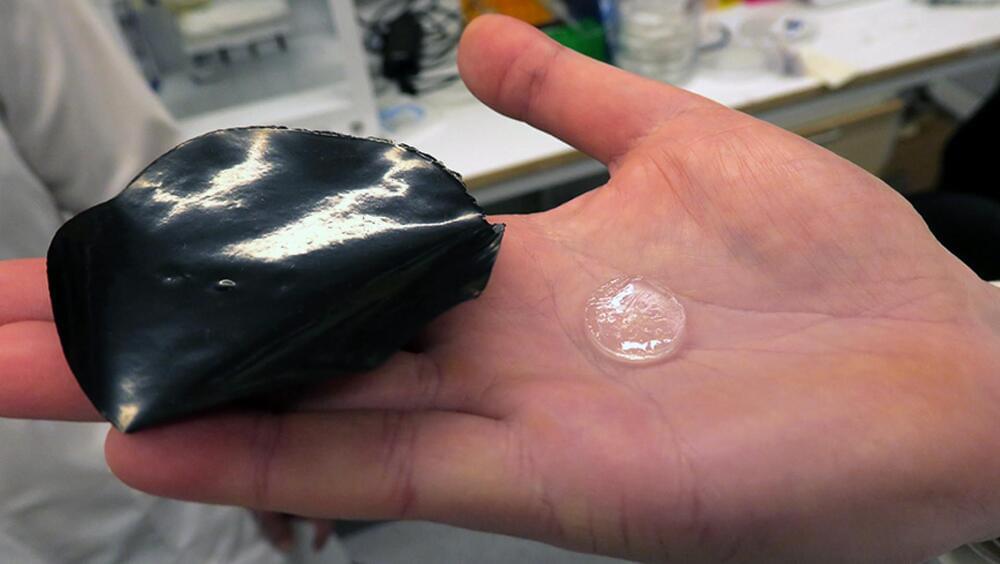Nov 13, 2023
AI-powered headphones let users choose what they hear
Posted by Gemechu Taye in categories: information science, mobile phones, robotics/AI
The devices are controlled via voice commands or a smartphone app.
Active noise control technology is used by noise-canceling headphones to minimize or completely block out outside noise. These headphones are popular because they offer a quieter, more immersive listening experience—especially in noisy areas. However, despite the many advancements in the technology, people still don’t have much control over which sounds their headphones block out and which they let pass.
Semantic hearing
Continue reading “AI-powered headphones let users choose what they hear” »
















